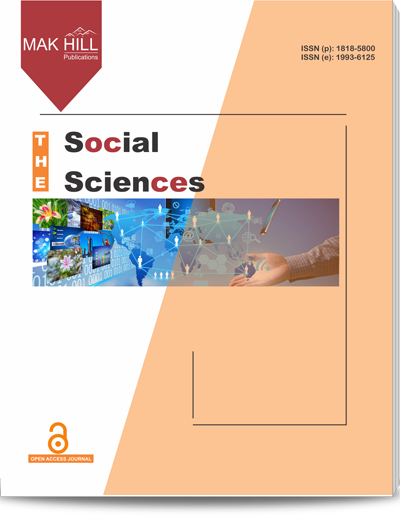
The Social Sciences
ISSN: Online 1993-6125ISSN: Print 1818-5800
Abstract
The study considers the issue of literary reception of Jr.R.R. Tolkien researches in Russian fantasy of the XX-XXI centuries which is connected with the process of Russian literature self-identification that started in 1990es. Method of receptive esthetics, used by the authors of the article, allowed to define specifics of perception and adaptation of Jr.R.R. Tolkien experience by modern writers. First stage of Jr.R.R. Tolkien work reception was defined. This stage is characterized by variations on the themes of his researches in Russian fantasy of the XX-XXI centuries. Analysis of works of B. and N. Zhukov, K. Es’kov, N. Nekrasova, O. Brileva allowed to find in them different types of reception: interpretation, concretization, communicative dialogue. Reception dynamics was tracked from domination of its separate types to their joining within the framework of one work. The main object of reception was found picture of world, created by Jr.R.R. Tolkien that allows Russian researchers not only highlights issues of their reality in their works but also consider them in a philosophical and world outlook aspect. Concretization and communicative dialogue as types of reception in variations of N. Nekrasova and O. Brileva mark stiffness of polar picture of world created by Jr.R.R. Tolkien. In this manner they show inner polemics of authors with literature of Soviet time.
How to cite this article:
Natalia G. Makhnina and Ellina V. Shustova. Literary Reception of Jr.R.R. Tolkien Works in Russian Fantasy of the XX-XXI Centuries: Variations Stage.
DOI: https://doi.org/10.36478/sscience.2015.951.955
URL: https://www.makhillpublications.co/view-article/1818-5800/sscience.2015.951.955